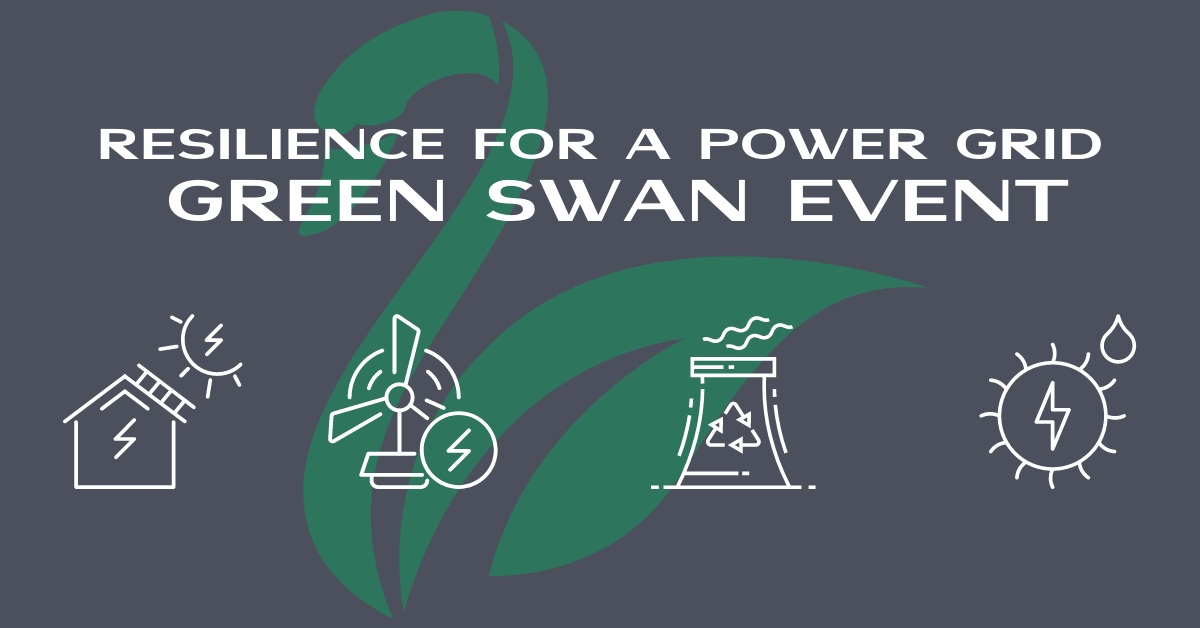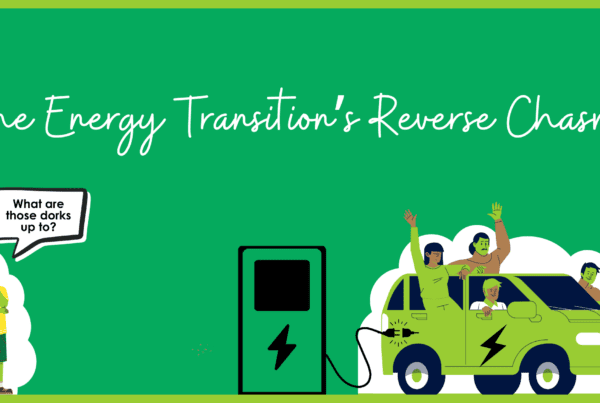
Last week’s Reckoning post featured findings from a Wall Street Journal article that demonstrated our power grid is becoming less reliable, and I added that this would accelerate in the wrong direction over the next ten years. Like the Texas fiasco of February 2021, the causes of unreliability are smeared over many stakeholders such as regulatory, state, and federal government agencies, power suppliers, and voters. Utilities can be stuck in the middle, attempting to keep prices low while maintaining profits and keeping the pitchforks and torches at bay. Talk of adding an efficient combined-cycle natural gas plant will draw pitchforks and torches. Serious talk of coal or nuclear is DOA.
Less Than the Full Cost of Providing Power
While transitioning into this week’s subject, I think of Public Utilities Fortnightly’s frequent comparisons between electricity prices and the broader consumer price index. PUF advertises that electricity prices have risen more slowly than overall inflation in recent years. Well, that’s pretty easy when: 1) operating under a decaying physical-grid infrastructure; 2) shutting down kWh faster than replacing tkWh; 3) funding a lot of new generation with taxpayer support and fiat dollars created by the federal reserve; and 4) having a burgeoning population of customers fend for themselves to keep their critical loads energized.
Some customers are taking on the costs of resilience and reliability. This is a considerable and ballooning external cost of the grid’s shift to transient renewable supply. For instance, as noted in my Lucky 7 Predictions for 2022, Walmart installed 110 each, 400 kW natural-gas-fired generators, one per store, in one year. That is likely to secure their stock of refrigerated and frozen foods several times over.
What is the cost of reliable power when customer-sited generation/storage is included? What is the impact on GHG production?
Customer Backup Systems is Soaring Business
The Wall Street Journal published a sister article to the one noted above: Wary of Being Left in the Dark, Americans Produce Their Own Power. It reports that over the last 20 years, home generator penetration has increased 10x to about 6% of homes. Microgrids for campuses grew 7x in ten years. Pizza joints are installing generators to avoid food loss. Solar-plus-battery inquiries to Sunrun rose 350% after the Texas fiasco.
In my decades of experience, there is a two-edged sword that I use for advice and caution to people I care about, including friends, family, and employees: to minimize anxiety, never take anything off the table, and the flip side, prepare for anything, including the seemingly unimaginable. For that last part, my advice to utility executives is monopolies don’t last forever. Consider the taxi business.
Decarb Poses Threats and Opportunities
I always describe the following scenario in my electrification talks for Wisconsin Public Utilities Institute’s Utilities Basics course:
Residential customers are installing solar panels, batteries, and backup generators. If I couple a backup generator with micro combined heat and power, solar panels, and batteries, I have my own redundant system to heat, cool, and power my home. Why do I need an electric utility? These components would be easy to package and mass produce, and I believe certain companies are racing to get there first, as I write this. On top of that, the utility may need me more than I need the utility – to back-feed the grid in times of shortages.
Value Stacks of Self Generation
Resilience is critical to manufacturing as it is for commercial facilities. Adding resilience and redundancy to commercial and industrial facilities parallels adding renewable supply behind the meter, namely, minimize the loads to minimize the cost of site-generated power. Minimizing loads –
- Provides ROI immediately through reduced energy costs
- Provides ROI immediately through reduced backup and resilience strategies
Financial benefits of backup power for critical loads include:
- Avoided lost production and product – and consider, it may happen multiple times
- A distributed energy resource to sell power at high prices under FERC 2222
- For some deregulated customers, an opportunity to avoid purchasing power at exorbitant prices
- Keeping a retail establishment open (groceries) while competitors can’t do business while their ice cream melts and the meat, poultry, and fish are ruined.
- Keeping employees working on the business rather than cleaning up the ensuing mess. Imagine paying for labor and services to dispose of ruined product.
Costs and benefits are vast, but as the guys who own the pizza chain as described in The Wall Street Journal, peace of mind is priceless. Costs include:
- Capital costs
- Generators and storage
- Controls and interconnections
- Design
- Operating costs
- Fuel
- Labor
- Maintenance
There is nothing new here. Farmers have provided automatic backup power for decades to save their livestock from suffocation, which can occur in less than an hour without forced ventilation.
Now is the time to prepare for a green swan event.
- What are the likely losses if grid power is lost for 4 hours, 8 hours, a day, two days, a week, or more? Think big and long on this one.
- What is essential to avoid loss? Lost product or lost business?
- What would it cost to clean and dispose of lost product or feedstock?
- What would the benefits be of thriving in an outage while competitors are down?
- What is needed to support those vital aspects of the business?
- How can vital loads be reduced to save now on utility bills and capital costs for backup systems and later for the operating cost of a backup system?
- Is the fuel source secure and large enough?




